9 of the biggest mistakes people make when moving into tiny houses, according to a tiny-home resort owner
Monica Humphries

- Kenyon Waugh is the CEO and a partial owner of WeeCasa Tiny House Resort in Lyons, Colorado.
- He's toured dozens of houses, worked with builders, and spoken to many people who live tiny.
In Lyons, Colorado, there's a tiny-house resort with 22 homes ranging from whimsical Hobbit-esque spaces to modern abodes.
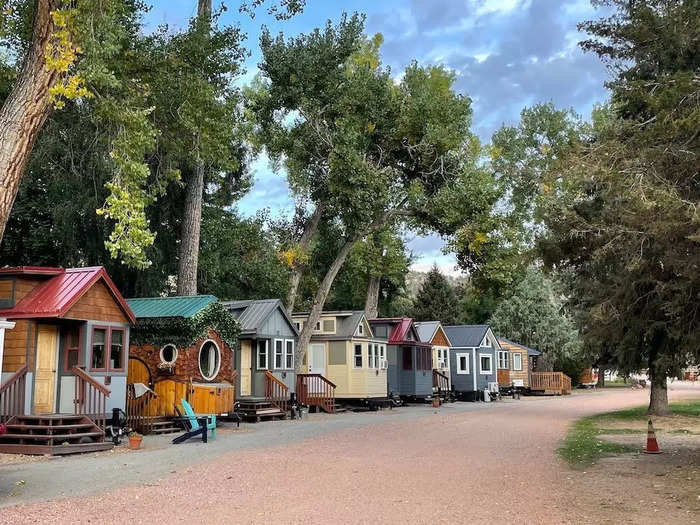
After a 2013 flood destroyed parts of Lyons, Colorado, including the town's mobile-home park, the property owner and a few partners brainstormed how to repurpose the land.
Kenyon Waugh, one of the partners, said he tossed out the idea of transforming the property into a tiny-house resort.
"I had probably been looking at tiny houses for seven or eight years at that point and driven all over the country to see them, be inside of them, and talk to builders," Waugh told Insider.
The group purchased 10 tiny homes and had the land approved for camping, Waugh said. In 2015, the WeeCasa Tiny House Resort opened. Unlike the mobile homes, WeeCasa's tiny homes are technically RVs on wheels, so they're movable in the event of another flood.
Waugh is now the "WeeEO" of WeeCasa Tiny House Resort in Lyons, which is a 40-minute drive to Rocky Mountain National Park and a popular Colorado town for weddings.
So far, it's been a success, Waugh said; today there are 22 rentable tiny homes ranging in style, layout, and design.
WeeCasa's resort owner is an expert on tiny homes. He shared the most common mistakes people make when deciding to live in and build a tiny house.
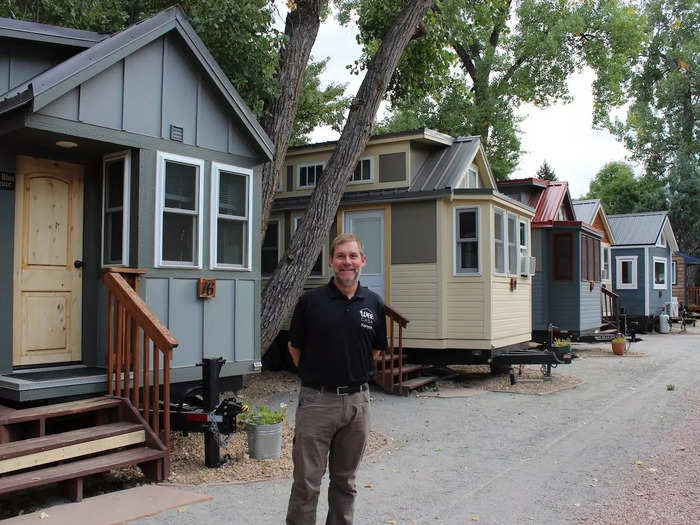
Since opening the village in 2015, Waugh has spoken to hundreds of guests, toured dozens of tiny homes, and spoken to tiny-house builders across the country.
In the process, he said he's seen a handful of common mistakes when people decide to live in and build a tiny house.
"We've had a lot of people who swore they were ready to make the move and stayed here and said, 'Nope, I'm out now,'" he said. "Of course, we've also had people who came here and said, 'I'm all in.'"
Here are some of the biggest things Waugh said you should consider before moving into a tiny house.
You should always stay in a tiny house before you live in one, Waugh said.
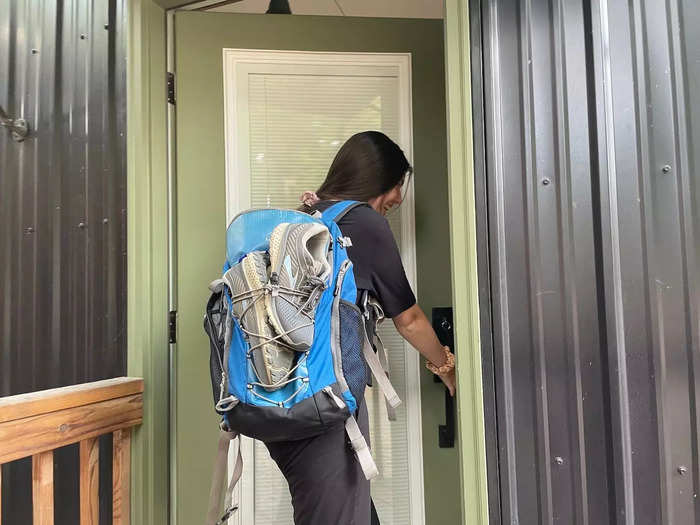
Waugh said he encourages anyone who is planning to buy, build, or rent a tiny house to test the waters before committing.
His advice is to find a tiny-house resort near you or a tiny house on Airbnb and book a long stay. Waugh said the longer the better. That way, you can get a feel for what it's like to live — and not just vacation — in a tiny house.
Don't rush planning the layout of your tiny house.
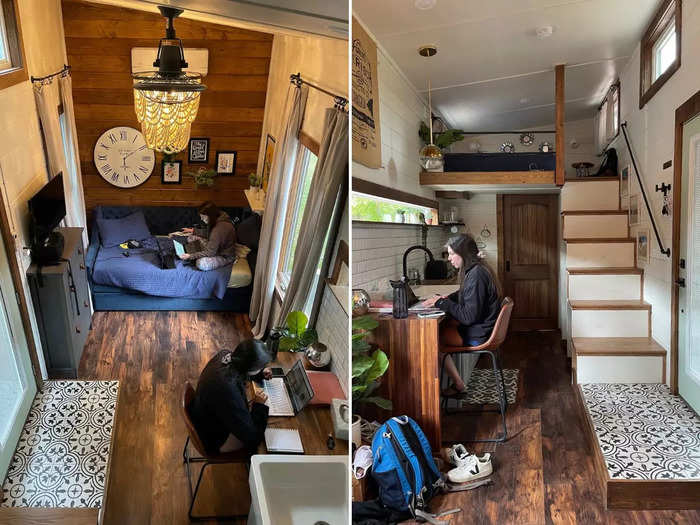
Waugh said he often sees builders or future tiny-home owners not taking enough time to properly design the layout of their tiny houses.
"You need to spend three times more time planning every inch of space and every kind of action you're going to have in a tiny house than when you live in a 3,000-square-foot house," Waugh said.
This is because, in a traditional home, each room typically has its own distinct purpose. There might be a separate kitchen, living room, and dining room. However, in a tiny house, you have to plan out how all three of those rooms can work together in one space.
Make sure you consider your long-term future in a tiny house.

Waugh suggested thinking further ahead when building and designing a tiny house and asking yourself questions like, do you plan to live in one place? Will you move to different climates and landscapes?
The answers to those questions will inform what you need in your home. For example, solar panels might not be the smartest decision if you plan to live in a forest, and insulation might be something to consider if you plan to relocate to a colder destination one day.
You don't need to immediately add built-ins or permanent structures to the tiny house.

Waugh suggests living in the space before making permanent additions like a built-in couch or foldable table.
"Having worked with over 50 tiny homes, a lot of people really focus on building things in and making it like a camper," Waugh said.
He recommends buying cheap Ikea furniture or thrifting pieces instead to see what the flow of your life will look like in a tiny house. That way you can experiment and decide on a layout "before you're stuck with it," Waugh said.
Don't forget to consider how you'll use your outdoor space.
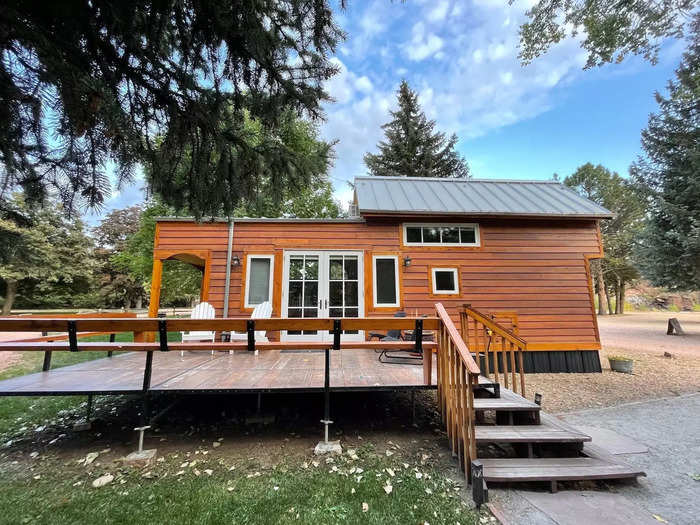
Whether it's your new office or a place for socializing, Waugh urged future tiny-home owners to think about how they'll use their outside space.
"I think people need to realize that a big part of living in a tiny house is that the outdoor becomes another room of your house," he said.
That function can help makes decisions about whether you want a covered porch or a sunny picnic table, he said.
Don't expect to make money if you sell your tiny house.
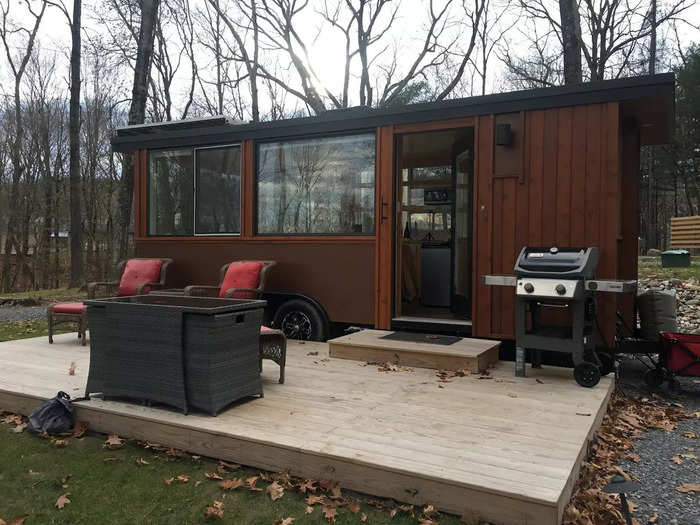
Waugh said that he often speaks to tiny-home owners who purchased homes for $100,000 and expect to resell years later for more money than what they paid to build them.
But Waugh said tiny homes only depreciate in value.
According to places like Ramsey Solutions and All About Tiny Houses, tiny homes — especially those on wheels — depreciate at similar rates as RVs and trucks.
The Nest estimates that a $100,000 mobile home has an annual depreciate of $3,454.54, and according to Ramsey Solutions, the average resale value of a tiny house is about $60,000.
Waugh said people often don't realize how hard it is to find a place to legally park your tiny home.
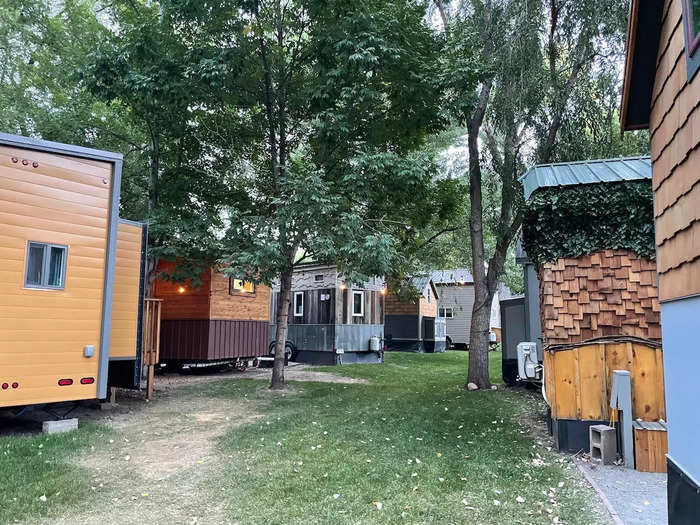
A lot of the time, people planning to live in mobile tiny homes think they'll be able to travel across the country, live on the beach, and have an abundance of options when parking their tiny house, but Waugh said that's often not the case.
"People don't realize how hard it is to find a place that you can legally park in," he said.
In many states, tiny homes fall into a gray area for zoning, which means tiny-home villages with rentable land can sometimes be hard to come by.
Waugh added that tiny homes are becoming more common and therefore more parking is becoming available but said there's still not an abundance of options when it comes to where to park your tiny house. Waugh suggests researching local codes and ordinances before you go tiny.
You might not realize just how many belongings you have.
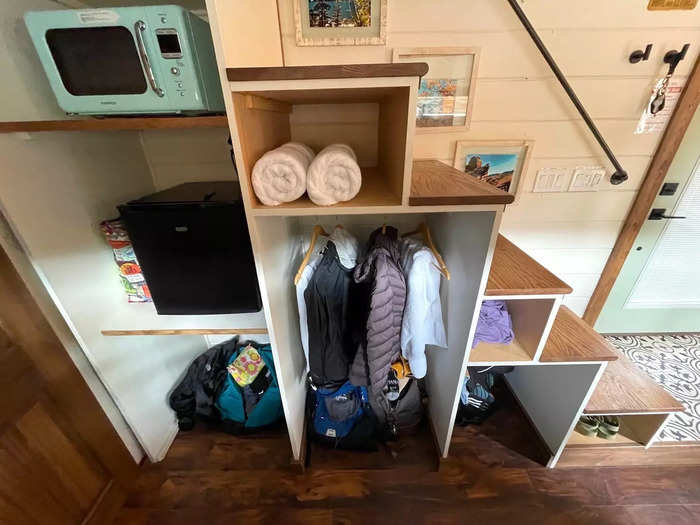
"I think a lot of people, they dream of living in a tiny house, and then they go home and they see how much stuff they have," Waugh said.
For most people, it's too much stuff to fit into a tiny house, he said, and downsizing can be tough.
Waugh said he's the perfect example. He happily vacations in tiny homes, but he couldn't live in one. "I have way too many shoes for that," Waugh said.
Read more: The 22 most clever storage hacks we've seen in tiny spaces that we could all start using
Living in a tiny house is a big change that doesn't stop once you've moved in.
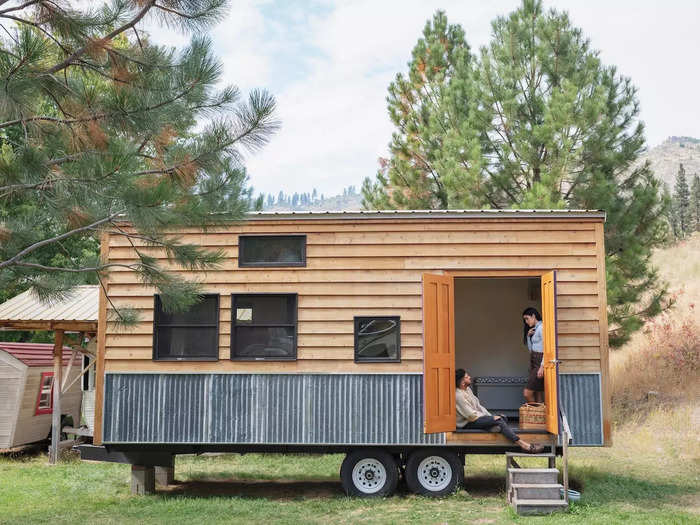
In a tiny house, you might not have enough storage space for your new hobby and living with others in cramped quarters is a new layer of stress. You're constantly practicing, adapting, and working on how to live in a tiny space, Waugh said.
"It's not like, 'OK, I bought a tiny house, I put my stuff in, and I'm done,'" he said. "It's an ongoing exercise and an ongoing adventure."
For many, the tiny-home dream is worth it.
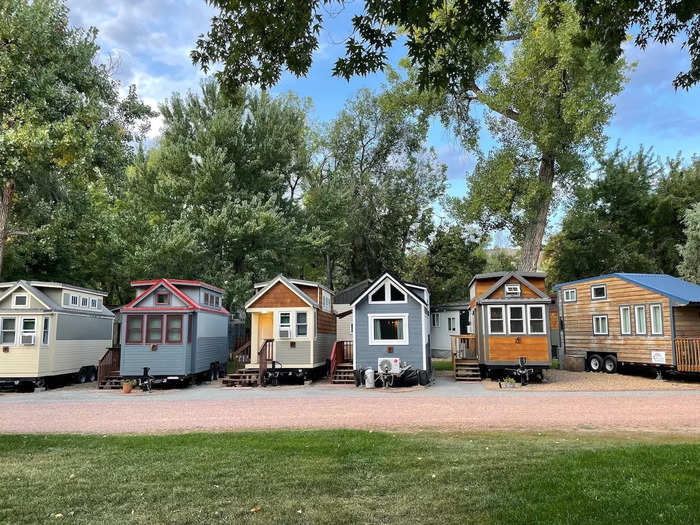
Waugh said that for many, a stay at WeeCasa solidifies their dream to live in a tiny home.
There's a sense of freedom when you have fewer belongings and the ability to relocate, and it's a lifestyle that many people love, Waugh said.
"It takes work to live tiny," he said. "But have fun with it. It's a journey, not a destination."
READ MORE ARTICLES ON
Popular Right Now
Popular Keywords
Advertisement